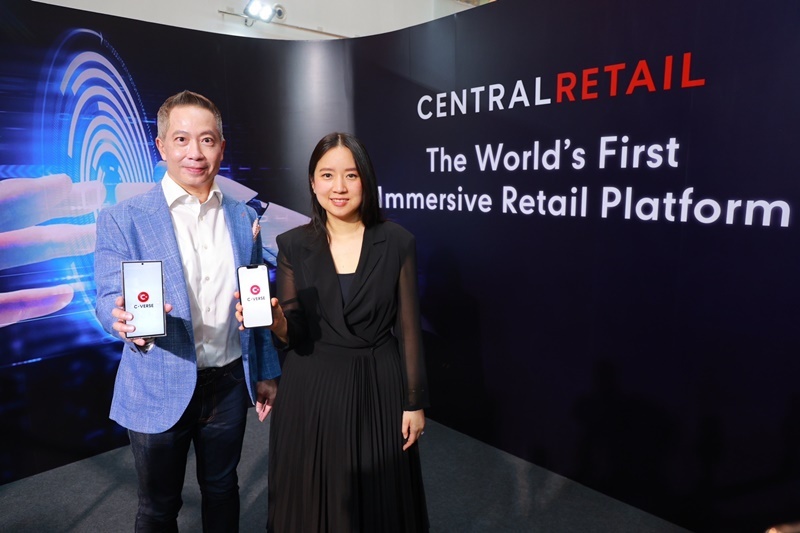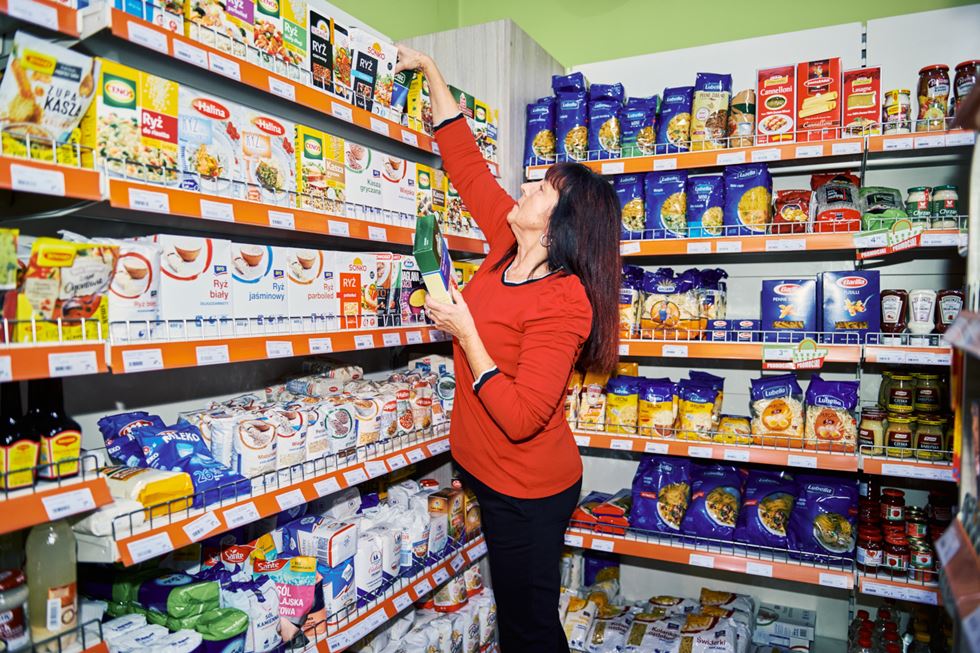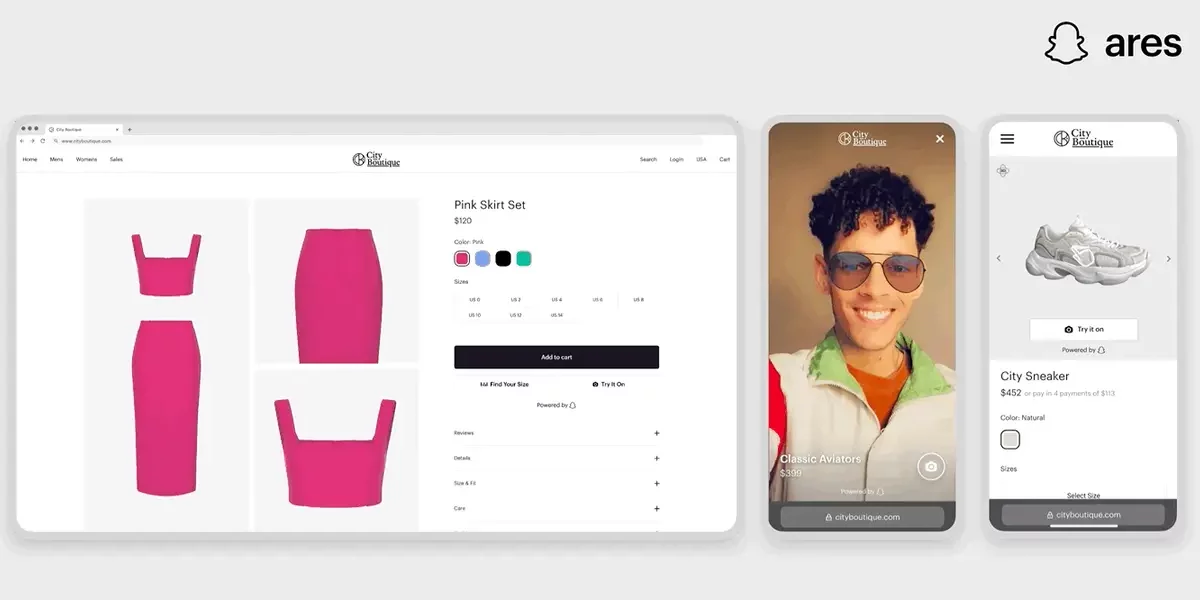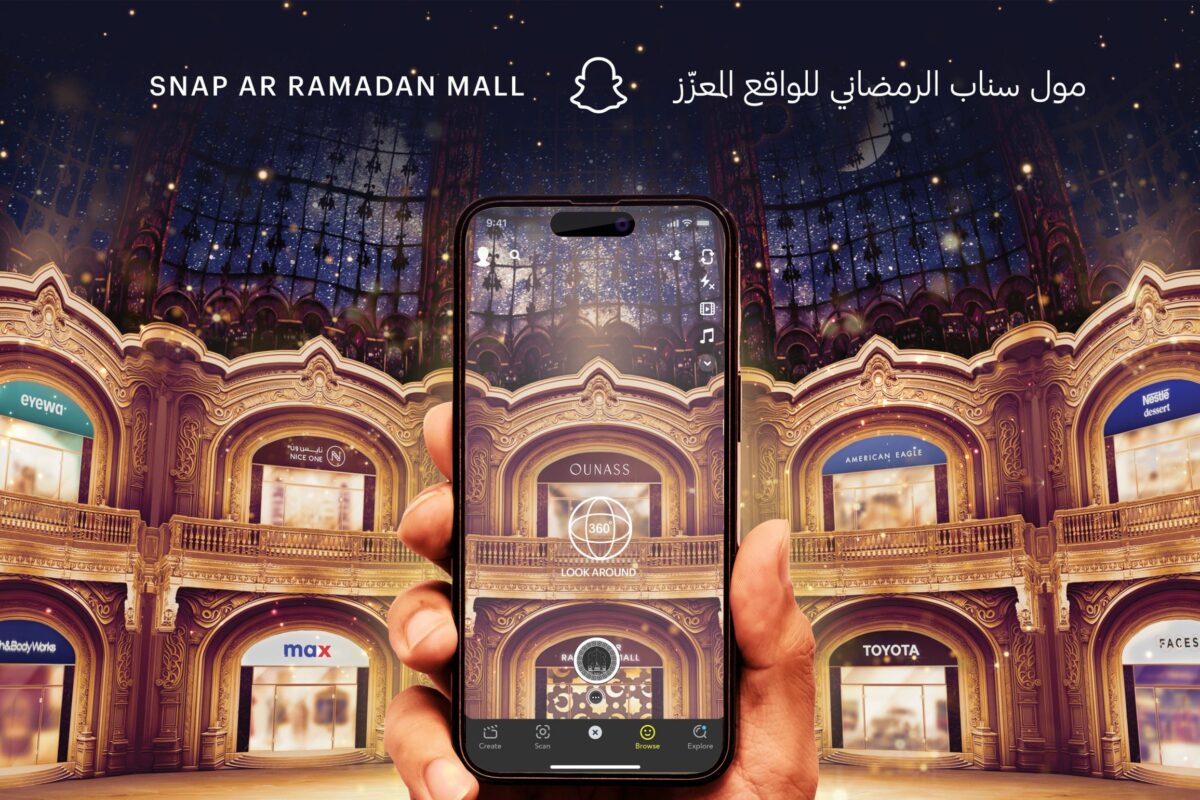New research says ‘yes’ on both sales and returns
Researchers from Texas A&M University published new research in the INFORMS journal Marketing Science (Editor’s note: The source of this research is INFORMS), which shows that retailers’ branded mobile apps are very effective in increasing customer engagement, increasing sales on multiple levels, not just on the retailer’s website, but also in its stores. At the same time, apps increase the rate of returns, although the increase in sales outweighs the return rates.
The study to be published in the September edition of the INFORMS journal Marketing Science is titled “Mobile App Introduction and Online and Offline Purchases and Product Returns,” and is authored by Unnati Narang and Ventakesh Shankar, both of the Mays Business School at Texas A&M University.
The study authors found that retail app users buy 33 percent more frequently, they buy 34 percent more items, and they spend 37 percent more than non-app user customers over 18 months after app launch.
At the same time, app users return products 35 percent more frequently, and they return 35 percent more items at a 41 percent increase in dollar value.
All factors considered, the researchers found that app users spend 36 percent more net of returns.
“Overall, we found that retail app users are significantly more engaged at every level of the retail experience, from making purchases to returning items,” said Narang. “Interestingly, we also found that app users tend to purchase a more diverse set of items, including less popular products, than non-app users. This is particular helpful for long-tail products, such as video games and music.”
“For the retailer, the lesson is that having a retail app will likely increase customer engagement and expand the range of products being sold online and in store,” added Shankar. “We also found that some app users who make a purchase within 48 hours of actually using an app, tend to use it when they are physically close to the store of purchase. They are most likely to access the app for loyalty rewards, product details and notifications.”
Source: Texas A&M University




















